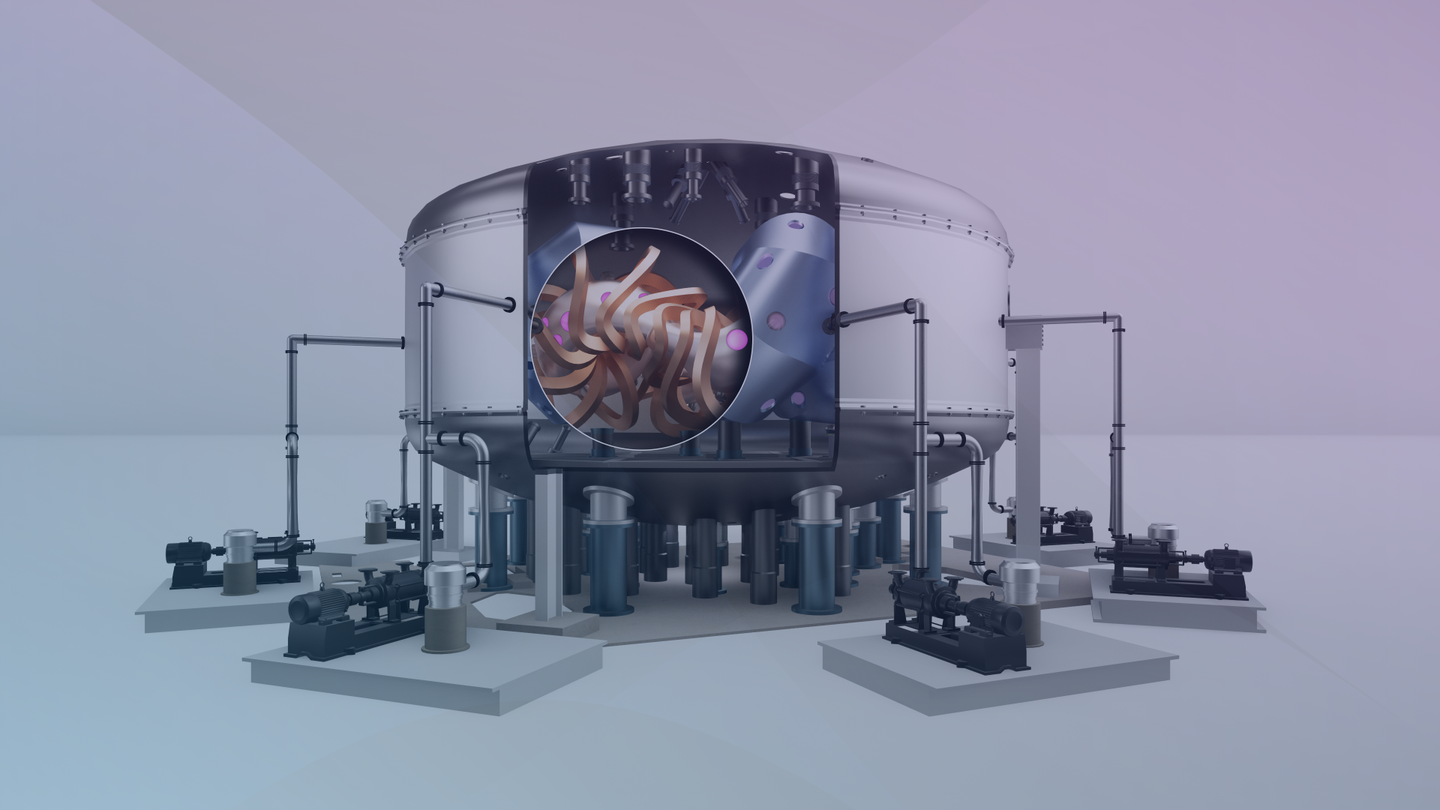Lifechanging research uncovers on/off switch for breast cancer
In the battle against cancer, immunotherapy has emerged as a powerful weapon, offering hope to countless patients around the world.

[Dec. 23, 2023: JD Shavit, The Brighter Side of News]
In the battle against cancer, immunotherapy has emerged as a powerful weapon, offering hope to countless patients around the world. (CREDIT: Creative Commons)
In the battle against cancer, immunotherapy has emerged as a powerful weapon, offering hope to countless patients around the world. However, this revolutionary treatment approach has its limitations, particularly when it comes to certain aggressive breast cancers. These cancers have proven resistant to immunotherapy, leaving patients and researchers searching for answers.
Now, a groundbreaking study conducted by a team of scientists from Stanford University and the Arc Institute has shed light on a potential breakthrough that could change the landscape of cancer treatment.
The research, led by Lingyin Li, an associate professor of biochemistry at Stanford and an Arc Core Investigator, focused on a protein called ENPP1, which seems to serve as a crucial regulator in breast cancer's resistance to immunotherapy and its tendency to metastasize.
The study, published in the Proceedings of the National Academy of Sciences, has uncovered the pivotal role of ENPP1 in shaping patient responses to immunotherapy. This discovery not only provides new hope for cancer patients but also opens the door to more effective treatments and enhanced predictability of patient outcomes.
"Our study should offer hope for everyone," remarked Li, whose research spans across multiple disciplines and holds promise for transforming cancer treatment.
Immunotherapy: A Promising Approach with Limitations
Immunotherapies, such as pembrolizumab (Keytruda), represent a revolutionary approach to cancer treatment. They function by blocking the immune-suppressing interaction between cancer cells and T cells, a critical component of the immune system. To achieve success, T cells must infiltrate the tumor, but this isn't always the case. Some tumors are categorized as "hot," which means they respond well to immunotherapy, while others, like certain breast and pancreatic cancers, are classified as "cold," lacking the necessary T cell infiltration for effective treatment.
Related Stories:
Lingyin Li embarked on a mission to transform "cold" tumors into "hot" ones. Her research began by focusing on a molecule called cGAMP, which cells produce when their DNA becomes damaged, a common occurrence in cancerous cells. cGAMP has the potential to trigger an immune response through a pathway known as STING, making the tumor more responsive to treatment. However, ENPP1, a protein responsible for breaking down these molecular "danger" signals, appeared to be the obstacle preventing this immune response.
ENPP1: The Key Player in Cancer Resistance
ENPP1 has been associated with poor prognosis in various cancer types, but its multifaceted role in the body necessitated further investigation. Collaborating with professors Hani Goodarzi and Laura Van't Veer from the University of San Francisco, along with the I-SPY 2 Trial team, Li and her colleagues explored the relationship between ENPP1 levels and patient responses to pembrolizumab.
The results of their analysis were astonishing. Patients with elevated ENPP1 levels displayed reduced responses to pembrolizumab and a heightened risk of metastases. Conversely, patients with lower ENPP1 levels exhibited a more favorable response to immunotherapy and a reduced likelihood of metastatic spread. ENPP1 emerged as a robust predictor of both treatment response and the potential for cancer recurrence.
Two critical insights emerged from this revelation: first, ENPP1's influence extended beyond primary tumors, significantly impacting metastatic progression; second, the researchers needed to examine ENPP1 levels not only within cancer cells but also in healthy cells.
Songnan Wang, an MD-PhD student in biochemistry and an Arc researcher, who was the first author on the paper, expressed excitement about delving deeper into ENPP1's clinical significance, stating, "Using the finest molecular scalpels developed in our lab, I was excited to dig deeper and figure out exactly how ENPP1 has such a dramatic influence on clinical outcomes."
To confirm their findings, the research team conducted a series of experiments involving mice. These experiments demonstrated that removing ENPP1 entirely or specifically inhibiting its cGAMP-degrading activity in both normal and cancer cells produced the same result: a decrease in tumor growth and metastasis. Crucially, these effects were directly linked to the suppression of the STING pathway, revealing ENPP1 as a pivotal on/off switch in the cancer progression cascade.
Lingyin Li aptly described immune pathways as "cascades" with a series of signals leading to downstream actions that culminate in an immune response. She elaborated, "For cancers to stop the immune system from detecting them, they need to build dams that block the signal from flowing. We have shown that ENPP1 acts like a big dam at the top of the waterfall."
The implications of this discovery are profound. Clinicians can now use ENPP1 levels as a valuable tool to guide treatment decisions for breast cancer patients. Additionally, the prospect of developing drugs to dismantle the ENPP1 "dam" offers the potential to enhance the effectiveness of existing therapies, with several ENPP1 inhibitors already in clinical development.
ENPP1’s catalytic activity drives breast tumor growth and metastasis by restricting immune infiltration. (A) Disease-free survival of breast cancer patients in the METABRIC database in the ENPP1-high group (n = 59) and ENPP1-low group (n = 1,926) and the number of patients stratified by stages. (CREDIT: PNAS)
While this groundbreaking research focused on breast cancer, Lingyin Li believes that ENPP1's influence extends to other "cold" tumors, including lung cancer, glioblastoma, and pancreatic cancer. She hopes that this discovery will inspire clinicians in various fields to investigate ENPP1's role in patient outcomes and treatment strategies, potentially unlocking new avenues for combating these challenging cancers.
As researchers continue to unravel the intricate mechanisms at play, the future holds promise for more effective treatments and improved outcomes for patients facing the daunting challenge of cold tumors. The journey to conquer cancer has taken a significant step forward, offering renewed hope to countless individuals and their families.
For more science and technology stories check out our New Discoveries section at The Brighter Side of News.
Note: Materials provided above by the The Brighter Side of News. Content may be edited for style and length.
Like these kind of feel good stories? Get the Brighter Side of News' newsletter.
Joseph Shavit
Head Science News Writer | Communicating Innovation & Discovery
Based in Los Angeles, Joseph Shavit is an accomplished science journalist, head science news writer and co-founder at The Brighter Side of News, where he translates cutting-edge discoveries into compelling stories for a broad audience. With a strong background spanning science, business, product management, media leadership, and entrepreneurship, Joseph brings a unique perspective to science communication. His expertise allows him to uncover the intersection of technological advancements and market potential, shedding light on how groundbreaking research evolves into transformative products and industries.



